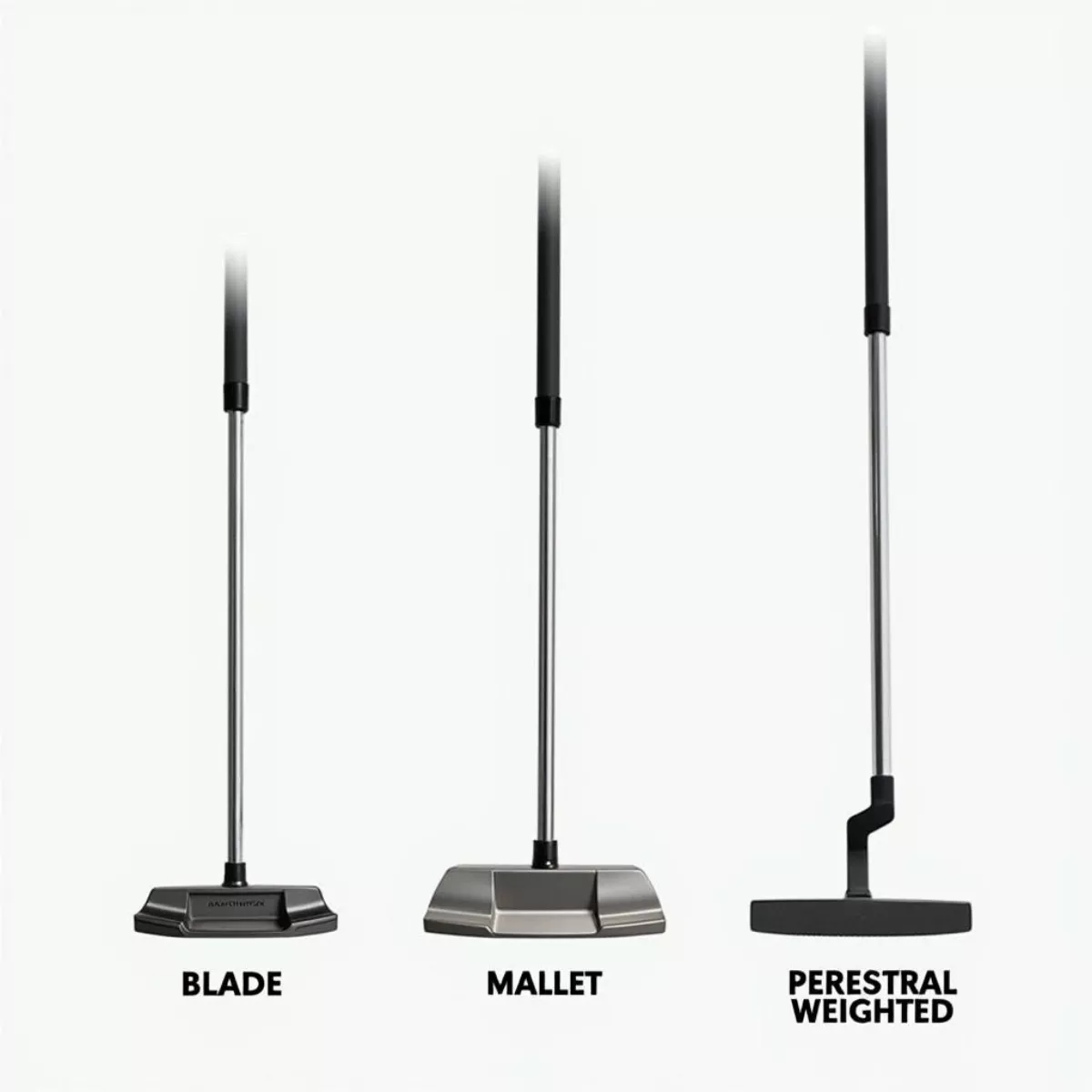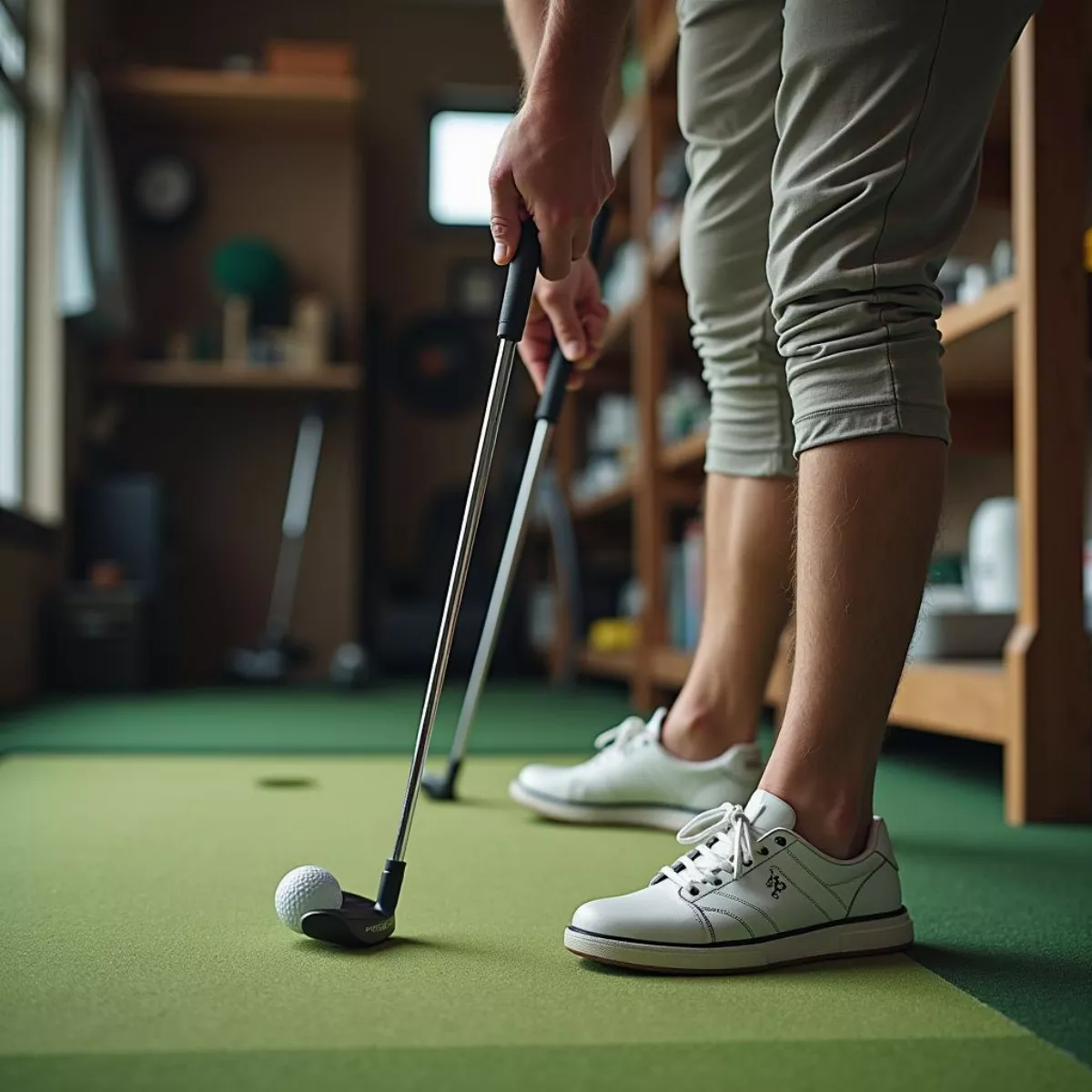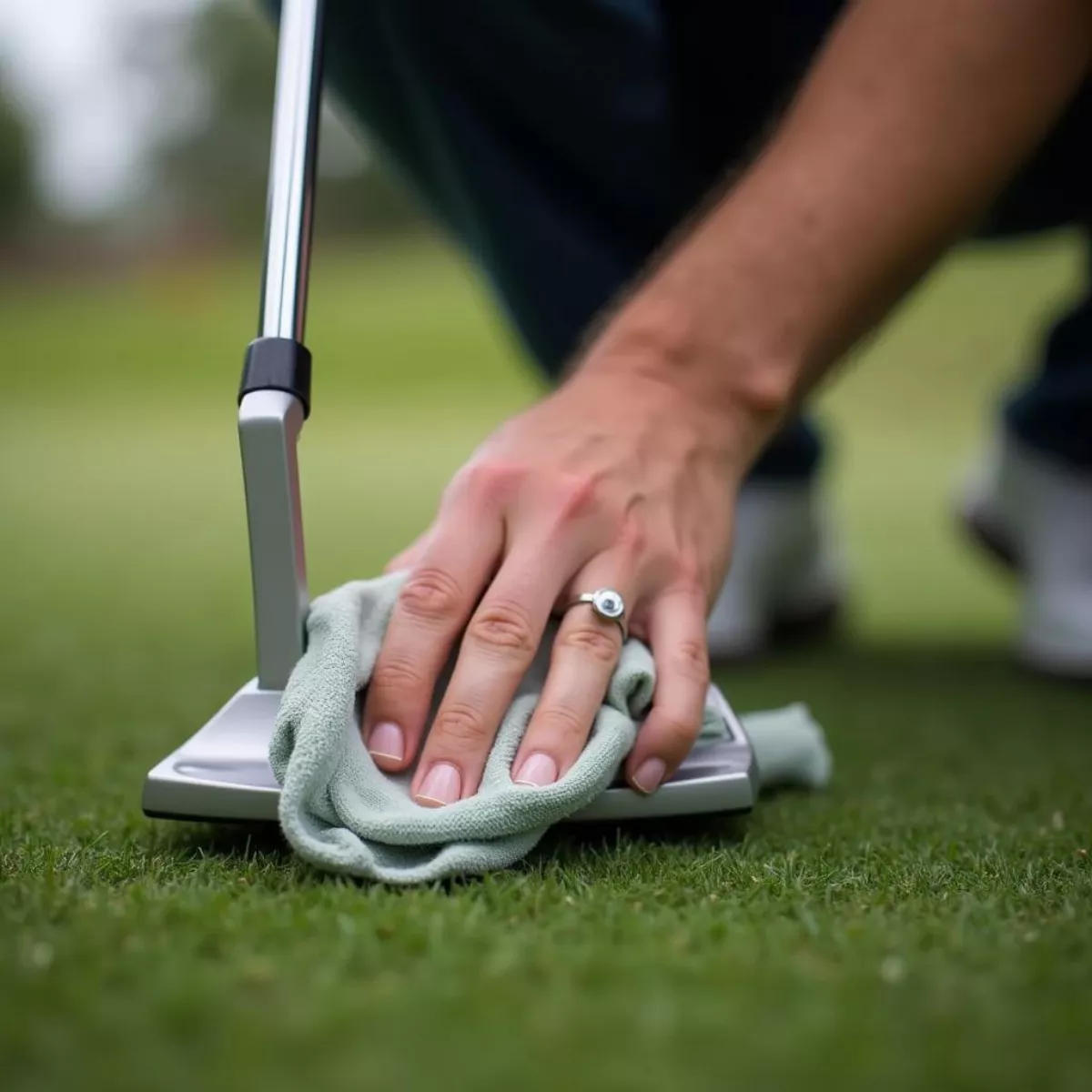Selecting the right putter can significantly enhance your performance on the greens. With a wide variety of options available, it’s crucial to understand the different types of putters, features to consider, and how they can affect your game. This guide will walk you through everything you need to know to make an informed decision tailored to your style of play.
Understanding the Basics of Putters
Before diving into the specifics, let’s get familiar with what putters are and why they are essential for any golfer. A putter is a club designed for use on the green. It’s primarily used to roll the ball into the hole with precision. The right putter helps improve accuracy and lowers your score.
Types of Putters
When choosing a putter, it’s crucial to understand the various types available:
-
Blade Putters
- Description: Slim and flat, blade putters offer a traditional look.
- Best For: Players who prefer a classic feel and have a straight putting stroke.
-
Mallet Putters
- Description: Heavier and typically larger than blade putters, mallet putters provide more stability.
- Best For: Golfers who need help with alignment and require a higher moment of inertia (MOI).
-
Peripheral Weighted Putters
- Description: These putters distribute weight around the edges for added stability.
- Best For: Everyone, as they combine the benefits of both blade and mallet options.
Key Features to Consider
When selecting the perfect putter, pay attention to the following features:
- Length: Standard putters range from 32 to 36 inches. It’s essential to find one that suits your posture when addressing the ball.
- Grip Size: The right grip can impact your comfort and control. Standard, midsize, and oversized grips are available.
- Face Material: Materials like aluminum and steel offer different feels and roll characteristics.
- Balance: Face-balanced putters are great for straight strokes, while toe-balanced putters suit players with an arc in their stroke.
 Types of Golf Putters
Types of Golf Putters
Finding Your Ideal Putter
1. Assess Your Putting Style
Your putting style significantly influences your choice of putter. Identify whether you have a straight-back-and-through stroke or an arcing stroke. This assessment will inform your selection of blade or mallet putters.
2. Trial and Error
Don’t hesitate to try several putters before making a decision. Golf shops often have practice greens where you can test different models. Consider factors like:
- Feel: Does it feel balanced and comfortable?
- Alignment: Does it help you line up your shots?
- Roll: How well does the ball respond off the face?
3. Consult with Professionals
If you’re uncertain about which putter suits you best, consider booking a fitting session with a golf professional or a club fitter. They can provide insights tailored to your specific needs.
 Golfer Trying Different Putters
Golfer Trying Different Putters
The Importance of Proper Fitting
Fitting a putter is essential for optimum performance. A poorly fitted putter can lead to inconsistencies, missed putts, and, ultimately, frustration.
- Length Adjustment: Ensure the putter length aligns with your height and stance.
- Lie Angle: A putter’s lie angle is critical; incorrectly fitting angles can cause pull or push shots.
- Weight Distribution: The distribution of weight can greatly affect your control and technique.
Common Putter Fitting Terminology
| Term | Description |
|---|---|
| Lie Angle | Angle between the center of the shaft and the ground |
| Loft | Angle that affects the launch of the ball |
| Offset | Forward lean of the shaft relative to the face |
Maintenance and Care
To ensure your putter remains in optimal condition:
- Clean Regularly: Use a soft cloth and mild cleaner to remove dirt.
- Check the Face: Inspect for any damage or wear that can affect performance.
- Store Properly: Keep in a protective cover when not in use.
 Cleaning a Golf Putter
Cleaning a Golf Putter
Key Takeaways
- Understand the types of putters (blade, mallet, peripheral weighted) and their best-suited players.
- Assess your putting style to determine which putter fits you.
- Trial several options to find the right feel and roll.
- Consider professional fitting for optimal performance.
- Maintain your putter to ensure longevity and quality performance.
FAQ Section
1. How do I know what putter length is right for me?
The right putter length typically depends on your height and posture when addressing the ball. Standing comfortably with a slight bend in your knees, your wrists should hinge slightly above the grip.
2. What is the difference between a blade and mallet putter?
Blade putters are designed for players with a straight putting stroke, while mallet putters are heavier, providing more stability and are better suited for those with an arcing stroke.
3. How often should I get my putter fitted?
It’s a good practice to get fitted every couple of years or whenever you notice a significant change in your game or physical condition.
4. Can I adjust the lie angle of my putter?
Yes, most putters can be adjusted for lie angle. Consult with a professional to ensure it’s done correctly.
5. What maintenance should I perform on my putter?
Clean your putter regularly, check for wear, and store it in a protective cover.
6. Should I buy a new putter or modify my current one?
If your current putter sometimes feels uncomfortable or inconsistent, a fitting can help determine if modifications are necessary or if purchasing a new one is the better option.
7. What’s the best putter brand?
Several brands are highly regarded, including Scotty Cameron, Ping, TaylorMade, and Cleveland. The “best” brand often depends on personal preference and feel.
8. How much should I spend on a putter?
Putter prices can vary widely. You can find decent options for under $100 and premium models exceeding $400. Invest based on your budget and how serious you are about improving your game.
9. Are more expensive putters better?
Not necessarily. While higher-priced putters often use better materials and advanced technology, comfort and fit are what truly improve your performance.
10. What makes a putter “game improvement”?
“Game improvement” putters are designed to help less experienced golfers make more consistent contact and better control their distance and direction.
Choosing the right putter can profoundly impact your game, leading to lower scores and more enjoyment on the course. By understanding your unique needs and preferences, you’ll be well on your way to finding the perfect match for your putting style. Happy putting!
